
2018 New Arrival Spring Korean Version Fashion Ruffles Shirts Women Ruffled Collar Long Sleeve
Steps for Sewing Ruffles. Cut fabric strips for the length of your ruffle. Cut a strip or strips of fabric to sew together to make the length you need for the desired amount of ruffle. Once you have a strip long enough, add seam allowances, then sew it into a loop, right sides together, matching short ends.

2018 New Arrival Spring Ruffles Patchwork Medium Long Dress Women O Neck Butterfly Sleeve
Step 2. Prepare the ruffle strip -Finish the hem raw edge before joining the strip to the main fabric. A baby hem or narrow hem is ideal for finishing the edge of the ruffle. You can also do picot edging. Finish the raw edge of ruffle fabric strip and main fabric raw edge (if you do not want a raveling mess) Step 3.
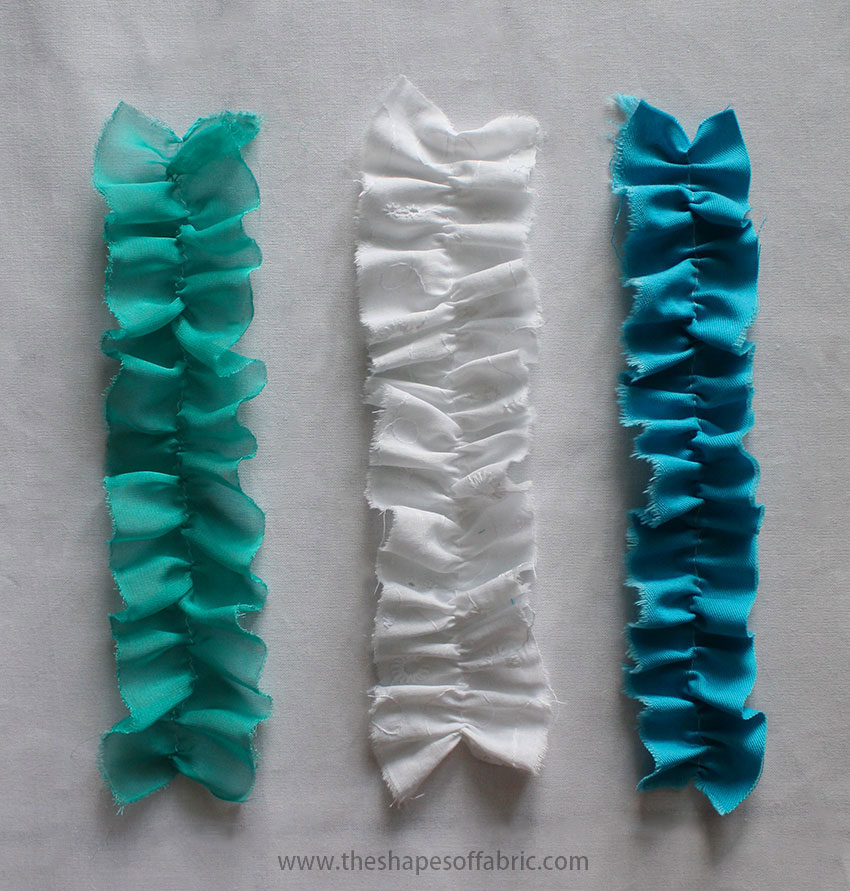
Learn all about ruffles! The Shapes of Fabric
In the 20th century up until now, the ruffles history steered away from male clothes and slowly became a feminine fashion detail. In the 50's it became heavily associated with girliness, innocence, and sweetness, further emphasizing the woman's quiet, meek role in society. In the '80s ruffles started to become bigger and more 'out there'.
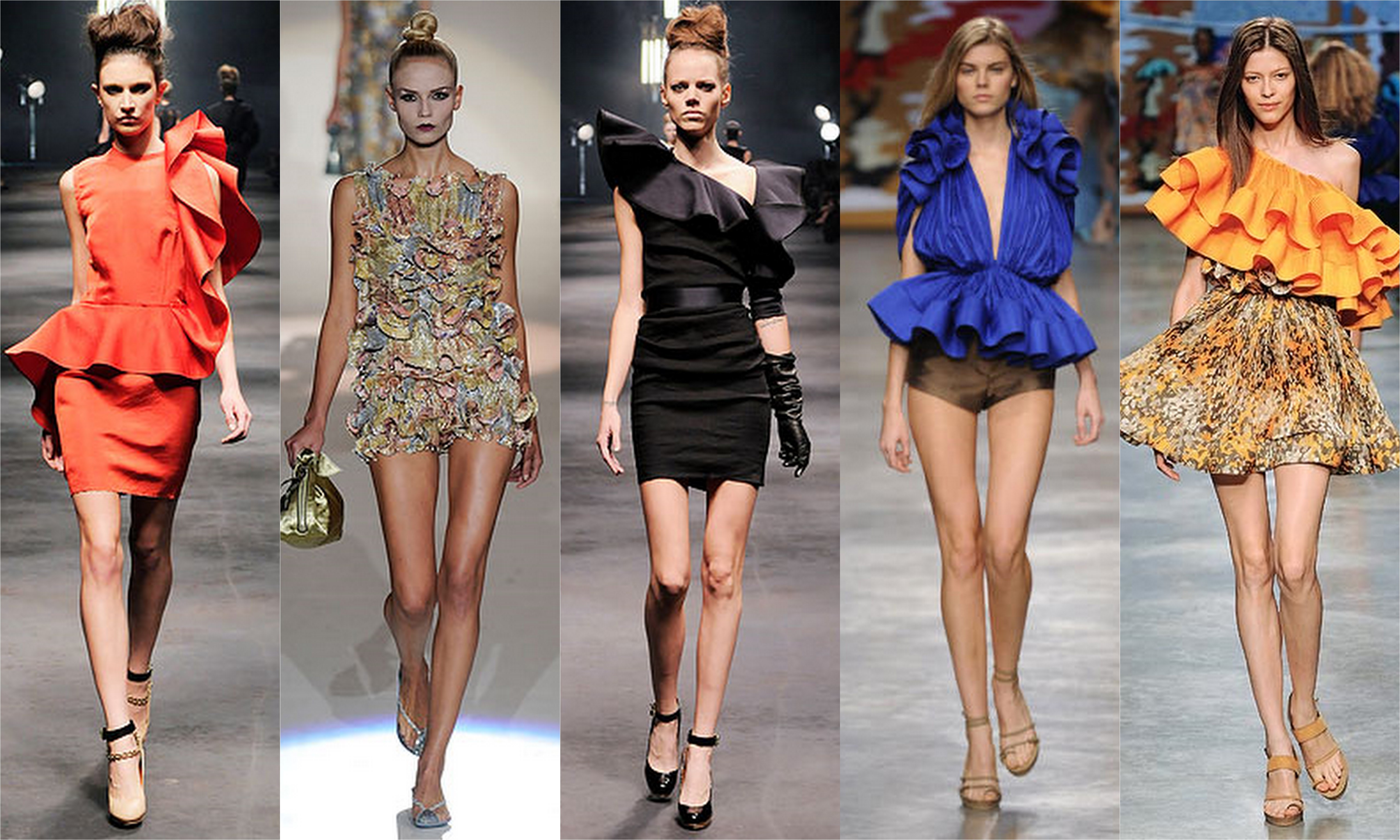
RUFFLES Fashionsizzle
A ruffle is a strip of fabric gathered along one edge to create a frill on the edge of a garment or other sewn item. Ruffles can also be produced by cutting fabric in circular shapes or gathering a rectangular piece of fabric. In fashion, ruffles are often found at the hems of skirts, and as decoration around the neck and at the wrists.

2018 New Arrival Summer Casual Asymmetrical Above Knee A Line skirts Women Mid Waist Ruffles
The ruffle's watershed moment in pop culture likely occurred when Jerry Seinfeld, the founding father of normcore, debuted his ostentatious "puffy shirt" on national television to great LOLs and general SMHs (for the record it was a poet blouse, and it was amazing). Outside of that, the ruffle's claim to fame has pretty much been its association with 17 th Century portraits of.

262 best Draping images on Pinterest Pattern making, Fabric manipulation and Sewing ideas
Basic ruffles. Let's start with the most simple case of ruffle; the one gathered along the upper edge. Measure the area you want to place the ruffle. This will be the final length. Then decide how full you want your ruffle to be, and make the calculation. You could for example count 1,5 - 2 or 3 times the final length.
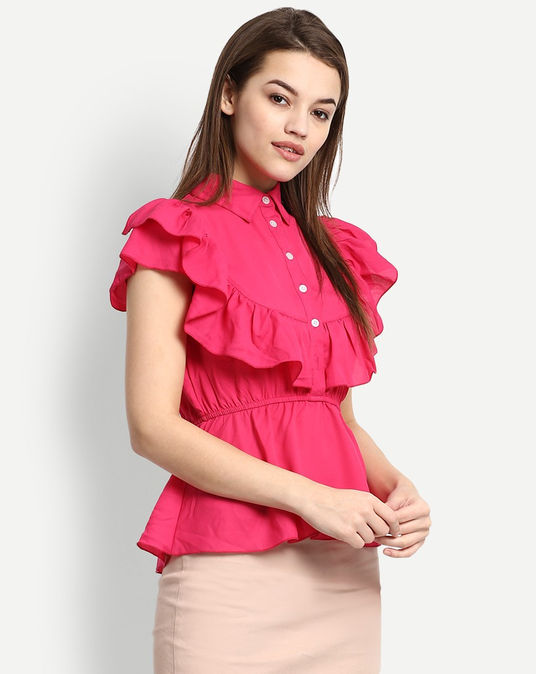
CHEHAR GARMENTS PRIVATE LIMITED Chehar Garments Hot Pink Ruffles Blouse Hot Pink Blouse
Add further lines to act as the fabric that forms the ruffles pointing upwards. Step 4. Using straight connecting lines from the points of the lower ruffles toward the original curved line completes the frill look. Step 5. Erase any superfluous lines, such as those areas in the original curve which overlap the 'tops' of the ruffles. Step 6

Ruffle Structured Scuba Dress boohoo Bodycon fashion, Scuba dress styles, Scuba dress
Made to grab attention, one of the key trends for 2023 is ruffles. Seen on runways for Saint Laurent, Giambattista Valli, and Blumarine amongst others, now is the perfect time to add ruffles to your wardrobe. Speaking to Woman & Home, stylist Antonia Kraskowski described the ruffle trend as "a fun way to make a style statement."

Viktor&Rolf Tulle FW20 Viktor & rolf, Fashion, Fashion design
The greatest aspect of ruffles is their ability to enhance any hem, as they are a versatile ornament that you can see on a range of different clothing. From 18 th century costumes to children's dresses, to your favorite skirt, the ruffle is a dependable and fun technique for any sewist.
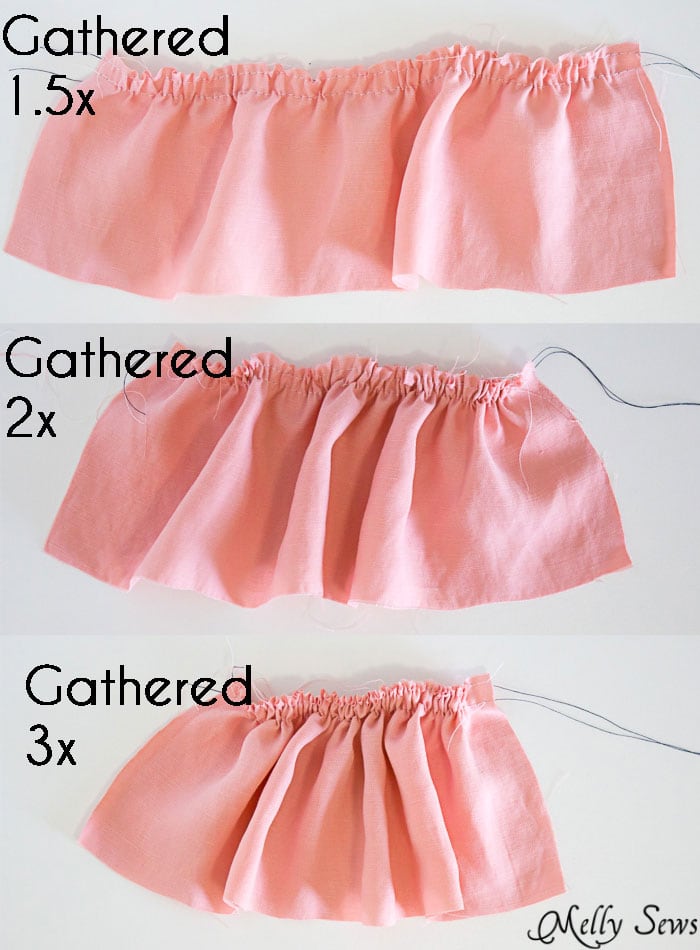
How to Add a Ruffle to a Garment Melly Sews
Add Ruffles. 01. On your pattern peice, mark where you want your ruffle to stop and start. 02. Measure the length of the edge or seam where you are adding the ruffle. 03. On a piece of pattern paper, draw a line that is twice this length. 04. Find the center of the line and make a mark 1 1/2 inches away on either side of the line.

Making gathered ruffles on garments Maker gardener Sewing ruffles, Dressmaking, Sewing
Ruffle is a decorative frill of lace or gathered ornamentation of fabric, often used to trim or embellish the wrist or neck. A strip of fabric, when gathered or pleated, will create a frill that adds a ruffled line to a garment's straight edge. Think of the lace ruffles worn by Henry VIII or the Victorians.

Pin on 5 show details fw 1213
Beyond the Trend: Ruffles. A no-frills history of how the ruffle became the most unlikely fashion trend of all. BY Vienna Vernose Jun 19, 2019. Flouncy, frilly ruffles may feel feminine, but the history behind the super-girly trimming is anything but. In fact, the origin of the ruffle began in Germany during the 15th century when soldiers would.

Ruffles! fashiondesigner fashionillustrator illustration by paulkengillustrator inspiration
But despite this polarization, ruffles are everywhere, adorning many off-the-shoulder necklines; covering hemlines, sleeves, and even pant legs. Ruffles are romantic, but not in a carefree way.

Making gathered ruffles on garments Makergardener
Sew the ruffle to the garment or pillow edge by using the gathering method of your choice. Pin the ruffle and the area you are attaching it to at these marks. Tug your threads and smooth the ruffle to evenly fill the area. Ruffles bring a playful touch to your sewing projects. Discover how to make these frilly finishings and learn tips and.
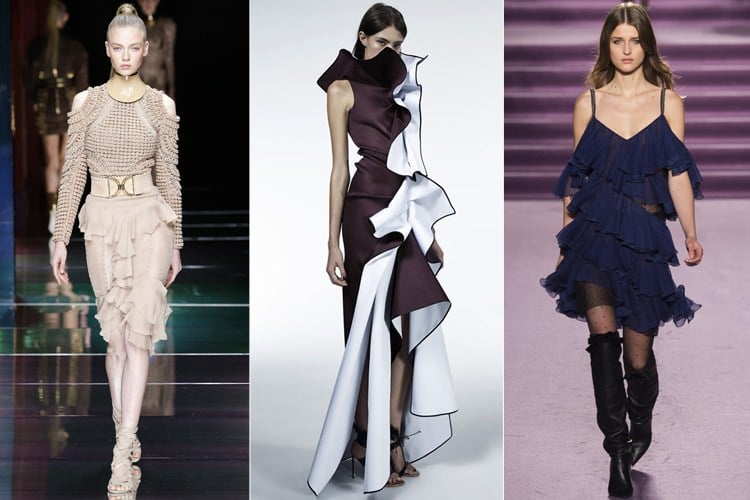
10 Styles In Ruffle Fashion That Have Caught Our Fancy Look At Number Seven
In sewing and dressmaking, a ruffle, frill, or furbelow is a strip of fabric, lace or ribbon tightly gathered or pleated on one edge and applied to a garment, bedding, or other textile as a form of trimming. Ruffles can be made from a single layer of fabric (which may need a hem) or a doubled layer. Plain ruffles are usually cut on the straight.

Ruffled Sunshine Ruffled Purse Tutorial
There are majorly 3 types of fullness details in sewing: gathers, ruffles and pleats. Gathers. Gathers, as the name suggests is the process of gathering the fabric together at one edge. So, we are essentially gathering the length of fabric to half, one-third or one-fourth of its original length, depending upon the design requirement (so you see.